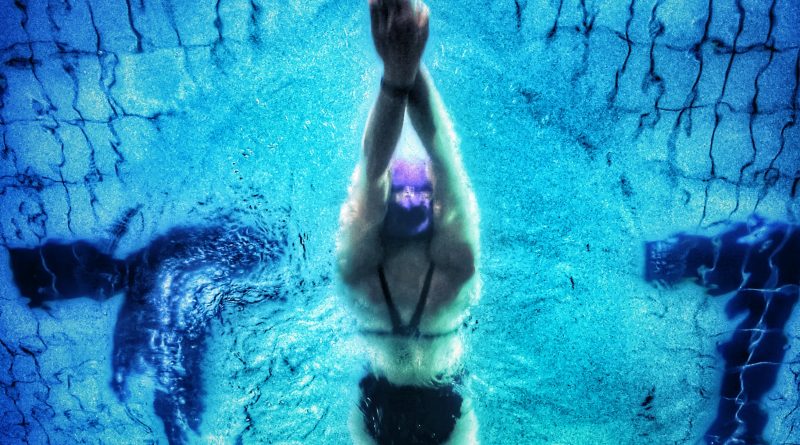Swimming – the force of habit
Everything we do involves a complex interaction of conscious and unconscious actions. In practice the Alexander Technique (AT) tends to work with relatively undemanding, commonplace activities, like standing, sitting, and walking. The effort of performing more complicated activities is likely to furnish distractions from the initial task at hand, that of learning to be aware of ourselves. Krishna-murti once remarked ‘There is more to life than getting in and out of a chair!’ Equally, one could say that there is more to playing the piano than just pressing the keys; to be able to do so with the appropriate amount of weight and balance is the foundation of all further learning of the instrument. In the same way, even sitting and standing with new mindfulness can bring enormous benefits. It is the basis of self-awareness that can be extended to all activities.
The decision to rise from a chair is often accompanied by a contraction of neck muscles which pulls the head back. This is followed by an unnecessary downward pressure on the legs. These responses are so habitual that we don’t notice ourselves making them. But are they necessary or desirable? The small backward movement of the head, part of the ‘startle pattern’ mentioned above, creates a strain on the neck and a contraction of the spine. Put simply, we are doing too much. Note the lightness and grace of a cat jumping up onto a wall, or a monkey springing from a branch: because it is oriented upwards, it exerts the minimum necessary downward force. It’s head and body function as an integrated unit. Similarly, what is needed for you to rise from your chair is for your body to be well-oriented in an upward direction. All the relevant muscles are then engaged at the right moment, working together in harmony to take your body upwards.
In this way, even getting out of a chair requires a lot less effort than we normally use.
When we get up or sit down in our habitual, unthinking manner, the unnecessary muscular tension that we have engaged in our body and limbs persists. Our muscles stay taut, our spine remains contracted. Our body becomes effectively locked in a state of unnecessary strain, which in turn affects our thinking. In subsequent actions – walking, driving, climbing stairs, we labor under the disadvantage of already lacking the basis for dynamic poise and flexibility. The constant repetition of such actions in the course of a day compounds the strain we unwittingly place on our musculoskeletal structure, sapping us freshness and vitality. The cumulative effects of misuse thus affect both bodily and mental functioning. No wonder most people feel drained at the end of a working day.
By proposing that we direct attention to the starting point of the tension at the top of the spine (known as the atlanto-occipital or ‘nodding’ joint), the AT proposes a practical way in which we can become, and remain, alert to ourselves. In the AT session, divorced from distractions, our mind is sufficiently quiet to be aware of what we are doing when we start to rise from a chair. In our habitual mode, this is likely to involve a host of extraneous, unhelpful movements and tensions – pulling back our head, hollowing our back, tensing our shoulders, and so on. So the first thing we’re encouraged to do is to stop doing what we usually do. By consciously forestalling our habitual reaction, we can allow the relationship between our head and back to remain balanced and flexible. We remain in a condition of release, in which we are poised to choose how to engage ourselves most efficiently to achieve the desired result. The outcome is a continuous positive cycle, reinforcing both physical and psychological ease.
What emerges from this account is that the AT is first and foremost about breaking the force of habit. It is not intended as a method for replacing bad habits with good ones. Inasmuch as habits are unthinking, the AT shuns them altogether. In the words of the philosopher William James, who had high regard for Alexander’s work, ‘The only habit to cultivate is the habit of giving up habits’. True awareness is thinking at the moment and not relying on habit. Only in this way can we approach any situation with a fresh and open mind. Greater awareness of our use brings with it the challenge of exploration and genuine discovery.


